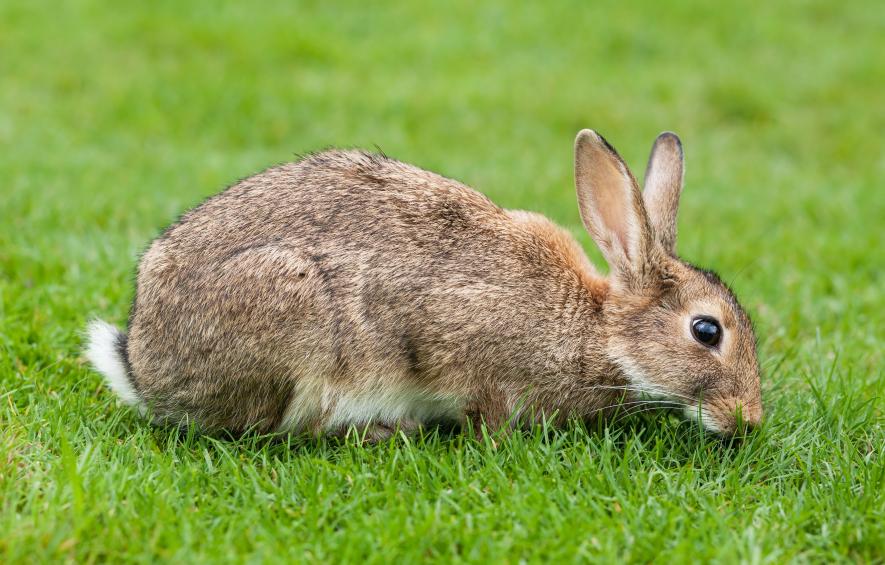Some Animals Changing Shapes in Response to Global Warming

European Rabbit. | Image Courtesy: Wikimedia Commons
Climate change, especially, global warming is making it difficult for many lives in the wild to sustain themselves. So, many wild animals are changing themselves to adapt to the new, extreme conditions.
Man-made climate change is showing its dangerous effects, many of which have reached the point of no return. Global warming has particularly become a major challenge for warm-blooded animals, who need a constant internal body temperature. Overheating puts severe stress on the animals.
To meet the challenge of global warming, animals have adopted various strategies -- some have migrated to colder places like those near the poles or in higher altitudes while others have changed the timing of important life events like breeding and migration. Again, some animals have changed their body size to adapt to unprecedented situations.
A new study has brought in another interesting feature of animals changing themselves as a means of adapting to global warming. The study has been published recently in the journal Trends in Ecology & Evolution.
The new research focused on another aspect of animals involving how their appendages are changing. The appendages can be like tails, beaks, ears and other such organs. After extensive analysis, the research found that some animals are increasing the size of their appendages parallel to climate change and the associated rise in temperature.
The team of researchers traced over 30 species and examined how they have changed across various timeframes in response to the increase in temperatures. The team searched through over 100 previous studies done by various other researchers at different times. These studies were based on field work, laboratory experiments and some on vast museum collections that used to preserve, catalogue and measure animal specimens for many decades. The researchers, in some cases, compared data that dated back a century or even two.
Commenting on the topic, Sara Ryding, the lead author of the study was quoted as commenting—“Unlike humans, warm-blooded animals in the wild don’t enjoy the luxuries of air-conditioning so they have to rely on their own bodies to avoid overheating. For little creatures like mice, tails do the job. For birds, their bills do the work. And elephants rely on their massive ears to stay cool. In videos of elephants roaming through the African landscapes, their ears periodically flail back and forth, releasing excess heat in the air. It is a well-documented fact that elephants cool off through their ears.”
Elephants were not a part of Ryding’s study. But her team found that Australian parrots, for various time periods, increased the sizes of their bills, while the Chinese roundleaf bats developed bigger wings; European rabbits were found to grow longer ears, while mouse lengthened their tails. “Parrots were a particularly great example because many studies looked at them. That’s because museums have extensive collections and records of birds, dating back to the 1800s, and sometimes even older,” said Ryding.
The research concluded that since 1871, parrots have grown the surface area of their beaks by 4 to 10%. The roundleaf bat was found to have increased their wing size by 1% since the 1950s. The bat analysis included 65 years’ worth of museum specimens.
Ryding’s team also included various field studies. One such field study measured the bills of the finches in Galapagos from 2003 to 2011. They found that even within this relatively short period, the finches’ bills were enlarged in response to warming. “Galapagos finches increase their bills depending on the temperatures of the preceding year and they fluctuate a little bit,” Ryding was quoted as explaining.
The study also reinforces Allen’s rule of ecology. The Allen’s rule, formulated by the American zoologist Joel Allen in the 1870s, says that warm-blooded animals in colder climatic conditions had smaller appendages while those in warmer climates tend to have larger ones.
Allen’s rule since then has been supported by various studies on birds and mammals.
Get the latest reports & analysis with people's perspective on Protests, movements & deep analytical videos, discussions of the current affairs in your Telegram app. Subscribe to NewsClick's Telegram channel & get Real-Time updates on stories, as they get published on our website.
























